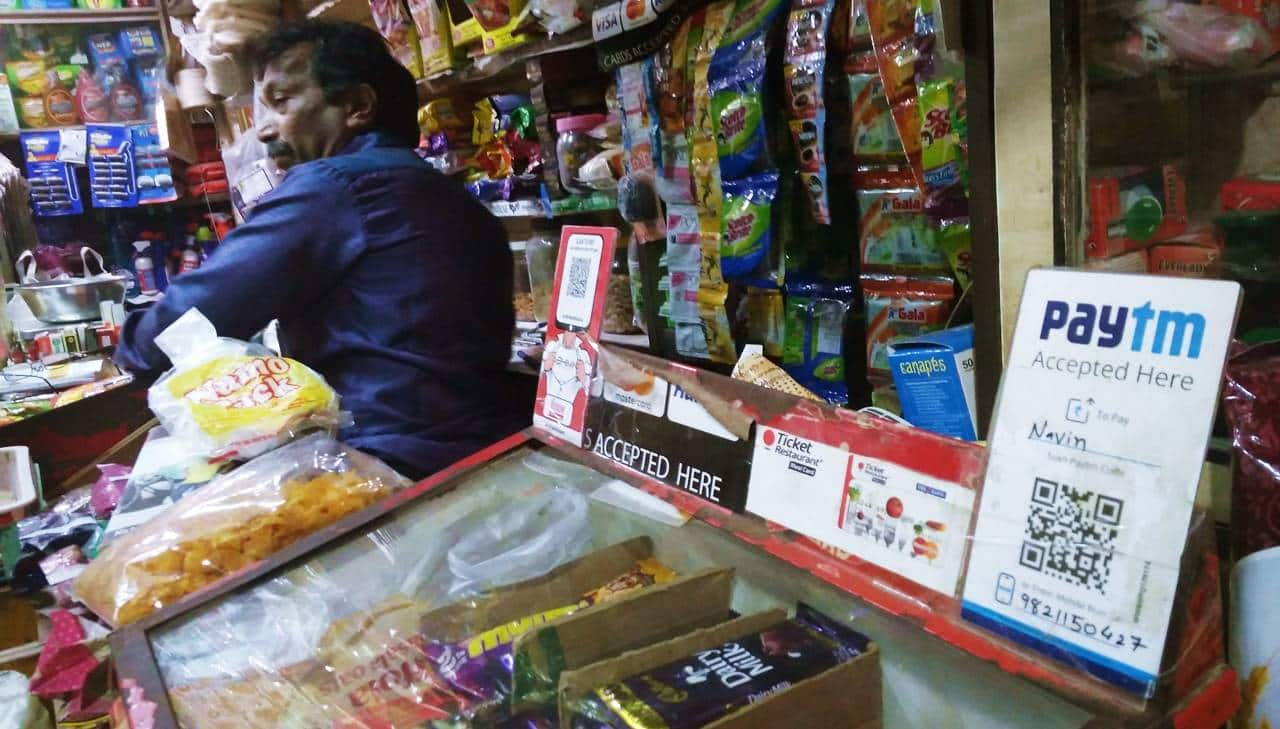 |
|
India's inflation rate edged up slightly to 3.65 percent in August 2024, following a period of relative stability. This increase, while modest, is attributed to a combination of factors, primarily an uptick in food and services prices. The rise in inflation is particularly noteworthy given that it comes amidst a favorable base effect from the previous year, which would typically exert a downward pressure on price increases.
A closer examination reveals that the increase in inflation was driven by a combination of rising food and services prices. Food inflation, a key indicator of household expenses, saw a notable increase in August, with categories like pulses and vegetables experiencing double-digit price increases. This rise in food prices can be attributed to factors such as the ongoing impact of volatile global commodity prices and potential supply chain disruptions.
Simultaneously, services inflation, particularly in the non-housing sector, also contributed to the overall inflation rate. The rise in services inflation, reaching an 11-month high of 3.9 percent, was largely driven by an increase in mobile tariffs implemented by major operators in July. This increase in mobile charges further fueled inflation in the telecommunications sector, highlighting the impact of price adjustments in key consumer services.
Despite the slight increase in August, economists are forecasting a further uptick in inflation in the coming months. The primary reason for this projection is the fading of the favorable base effect that had helped contain inflation in previous months. As the base effect fades, the comparison with the previous year's data will become less favorable, potentially leading to higher reported inflation rates.
Furthermore, experts anticipate a rise in core inflation, which excludes volatile food and energy prices. This suggests that underlying inflationary pressures are likely to persist, further contributing to the overall increase in inflation. The combination of fading base effects, rising food and services prices, and potential increases in core inflation paints a picture of an inflation rate that is likely to remain elevated in the near term.
The Reserve Bank of India (RBI) has been closely monitoring inflation and has implemented monetary policy measures to manage price stability. While the current inflation rate remains below the RBI's target range, the potential for a sustained increase in the coming months warrants continued vigilance and potentially further adjustments to monetary policy to ensure price stability in the Indian economy.
The government is also taking steps to address food price concerns, focusing on initiatives to ensure adequate supply and mitigate price volatility. The success of these measures in stabilizing food prices will play a significant role in controlling inflation and maintaining affordability for consumers. As India navigates the economic landscape, the interplay between rising food and services prices, fading base effects, and potential increases in core inflation will continue to shape the inflation trajectory in the coming months. It remains crucial for policymakers to monitor these developments closely and adopt appropriate measures to manage inflation and maintain economic stability.
Source: Inflation quickens slightly to 3.7% in August as services, food prices rise
